What is the tolerance range of precision screws?
What is the tolerance range of precision screws?
Service Hotline
+86760-8787 8587We have more than ten years of production experience in the screw industry, the main products are: screw nuts according to the drawing, nylon hexagon socket head cap bolts, open and closed half hexagon small flat head cylindrical size countersunk head pressure riveting nuts, high carbon steel thick rod screws, round Head straight thread screw, crib get up and down, toothed gasket, set combination flat spring washer nut, anti-vibration tightening screw, small outer diameter through hole nut, square flat washer, ring nut lifting nut, non-standard hexagon bolt , Left-handed screws, cross bolts and other fasteners, due to different product materials and specifications, the prices are also different, if necessary, please contact us.


1. Precautions for the quality of high-strength bolts or screws and flat washers assemblies. The surface of the Phillips hexagon combination screw should be checked for burrs or scratches. There is no oil stains, or rust. To test the material of the combination screw, the strength of the grade used in different high strengths should be consistent with it. Second, the combination bolt and nut should be used together with the same grade as the nut, and the same grade should be used together. Third, when installing and using combined bolts, it should be in reasonable weather conditions and should not be operated in the rain. Fourth, when installing, it is forbidden to use excessive force and excessive force. Lead to sliding teeth, or locking phenomenon.
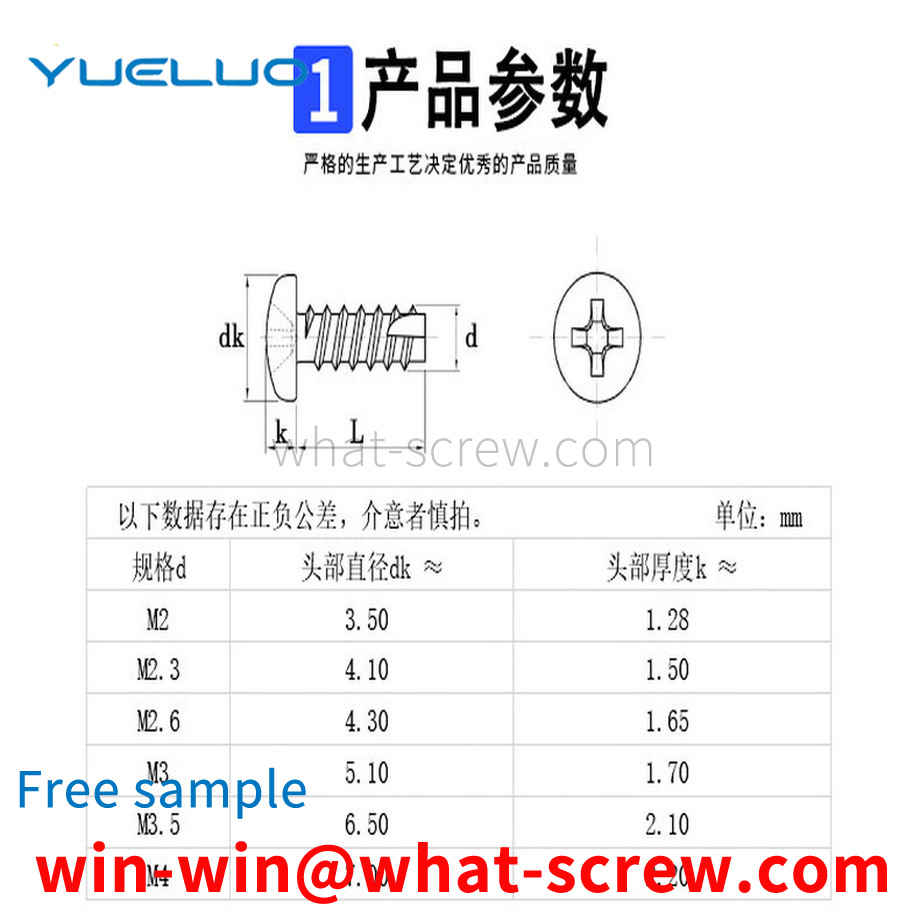
Generally known bolts refer to screws with a larger diameter. According to this statement, the diameter of screws is much smaller than that of bolts. Stud bolts do not have a head, and some are called studs. Both ends of the stud are threaded, with no thread in the middle and a smooth rod in the middle. Studs are used on large equipment such as gear racks. In actual use, the external load will have vibration and the influence of temperature will reduce the frictional force, and the threaded connection will loosen and fail over time. Therefore, it is necessary to do a good job in the maintenance of the stud bolts at ordinary times. Stud bolts or anchor bolts will have problems under the action of mechanical friction for a long time. When problems occur, the engine oil pan should be removed, and the use of the engine bearing bushes should be carefully checked, and the clearance between the bearing bushes should be checked. Whether it is too large, if the gap is too large, it should be replaced in time. When replacing the stud bolts, also replace the connecting rod bolts. When some large equipment such as nail making machines are in normal operation, if they find that the engine is not running very stable or there is abnormal noise, they should stop and check in time to avoid bigger problems.
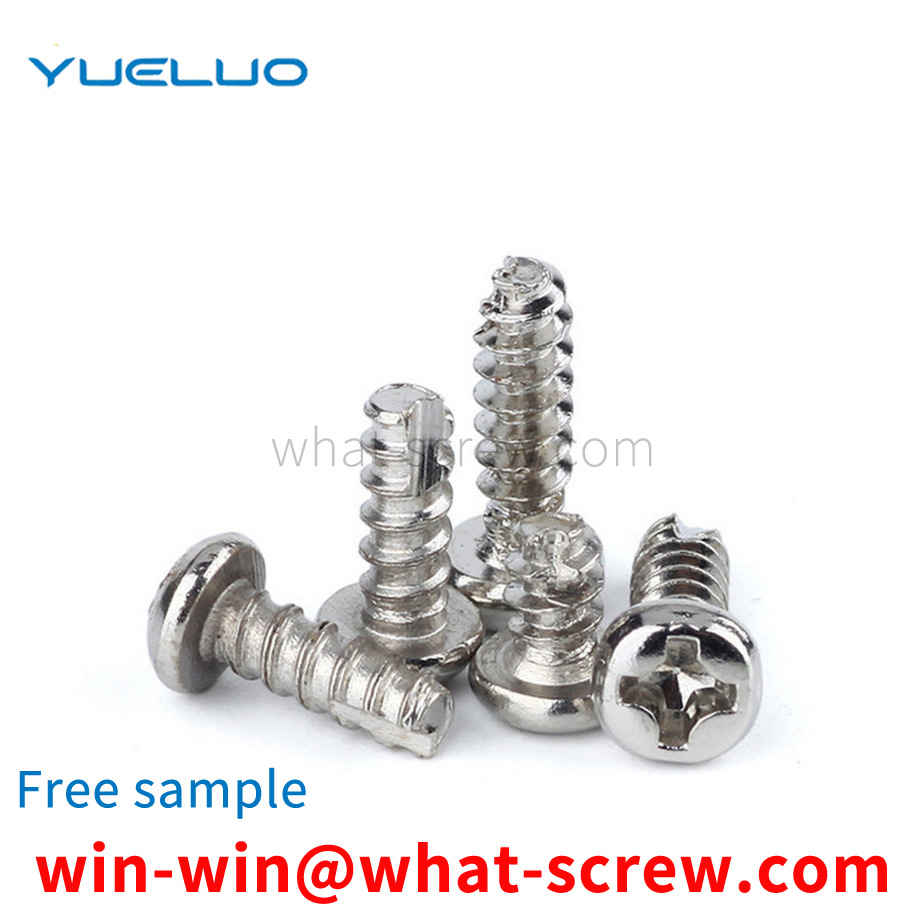
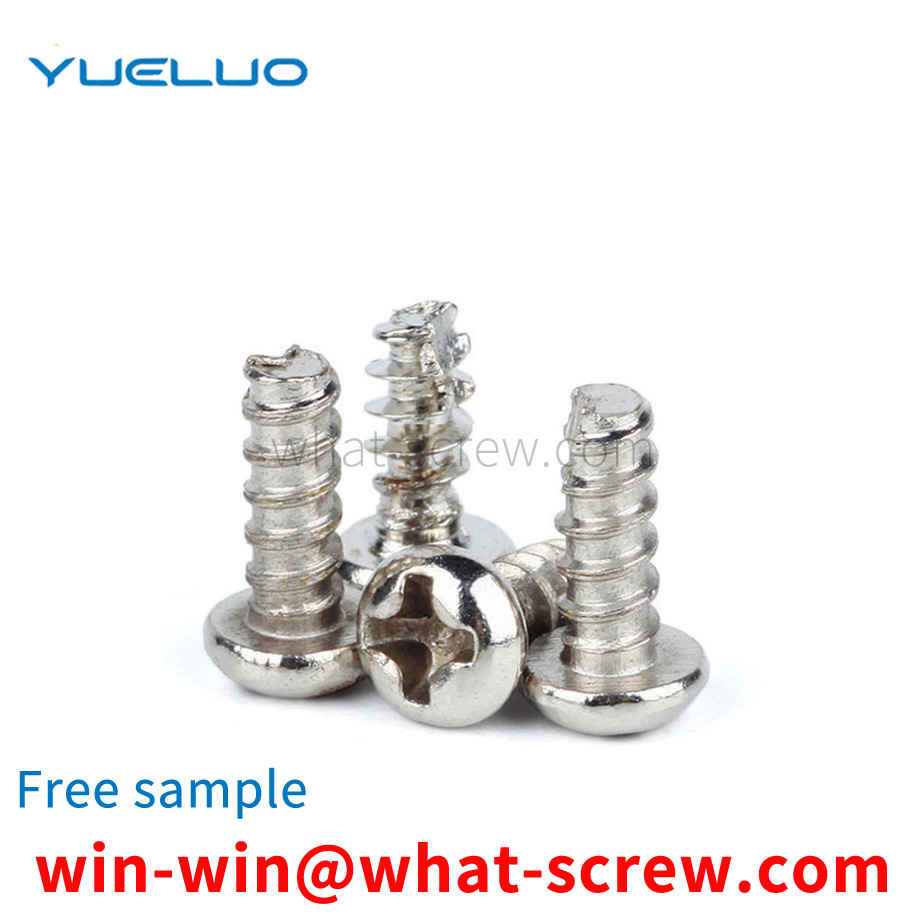
The embossing wheel is used to press the mesh pattern (rolling mesh pattern), and the middle is slotted. After milling, the thread still guarantees 6H accuracy. This knurled copper nut is used in power tools, which is different from other knurled copper nuts. The diamond pattern of this knurled copper nut is located in the middle section of the product, and the diamond-shaped mesh knurling wheel rolls the diamond-shaped flower along the large outer circular step surface.
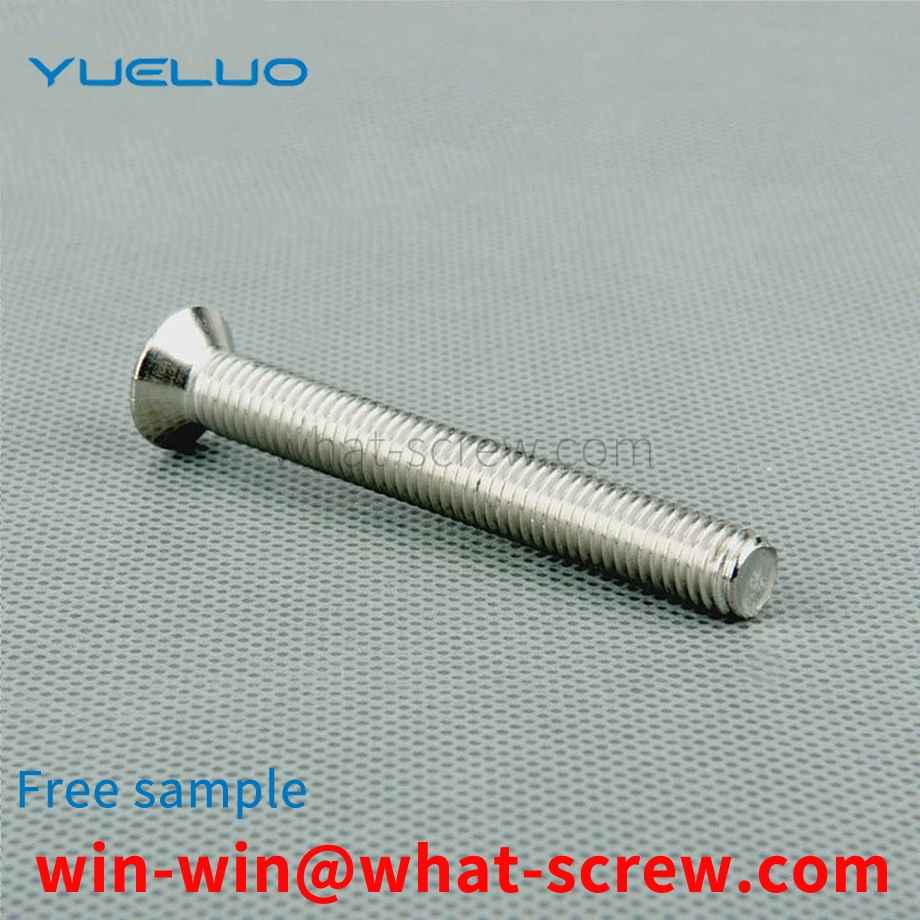
When using screws, if you can understand the mechanical properties of screws first, then you can use screws better. Different types of screws have different mechanical properties, and the different mechanical properties lead to different occasions when screws are used. 1. Self-tapping screws: mechanical performance requirements 1. Heart hardness: standard value HRC28-38. When testing, take the section 1-2 times the diameter of the name from the tail. If the length of the name is too short, it can be embedded first, and then the hardness is measured. 2. Surface hardness: standard MIN HV450. 3. Carburized layer: standard 4#-6#: 0.05-0.18mm, 8#-12#: 0.10-0.23 mm, 14#: 0.13-0.28 mm. The main purpose of carburizing is to enhance the surface hardness and ensure the strength of the teeth. If the decarburization is too deep and the carburization is insufficient, the strength of the teeth will not meet the requirements, that is, the teeth will be damaged during the screw-in test. 4. Torque: standard specification 4#5#6#7#8#10#12#14#A tooth 14212835455696145AB tooth 142128354565102165. 5. Screw-in test: screw the self-tapping screw into a steel plate with a reserved test hole. The self-tapping screw should form a matching thread in the test plate, and the thread of the screw itself will not be deformed or damaged until the end. Tapered threads pass completely through the test plate. The screw-in test is only applicable to AB, B, BP and other types of self-tapping screws. It is stipulated in IFI that the test plate shall be prepared from semi-hard low-carbon cold-rolled steel, and the hardness of the steel plate is 70–85HRB in Rockwell. The standard specification of the steel plate, that is, the thickness, is shown in the table below. The test hole should be punched or drilled, and the tolerance is the specified nominal diameter (see the table below) ± 0.025mm. Specifications 6#7#8#10#12#1/4 Test plate thickness (mm) 1.85-1.953.12-3.234.68-4.84 Aperture (mm) ±0.0252.953.263.454.044.765.50.
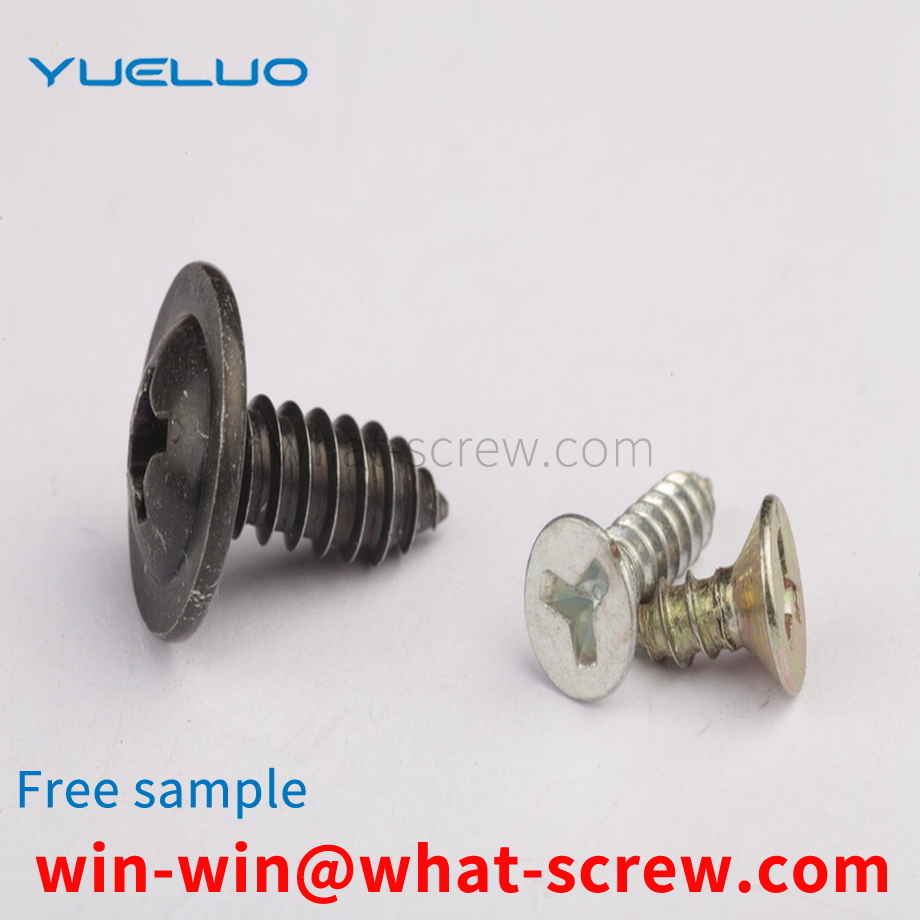
The above content is uploaded by Yueluo or the Internet. If there is any copyright issue, please contact [email protected].

What is the tolerance range of precision screws?

How to choose the right stainless steel screw manufacturer?

Why is there an R angle under the head of the hexagon head s...

We have more than ten years of production experience in the ...

We have more than ten years of production experience in the ...

We have more than ten years of experience in screw industry ...

We have more than ten years of experience in screw industry ...